<< Our Photo Pages >> Sculptor's Cave - Class I Pictish Symbol Stone in Scotland in Moray
Submitted by TimPrevett on Monday, 14 September 2015 Page Views: 34288
Early Medieval (Dark Age)Site Name: Sculptor's CaveCountry: Scotland County: Moray Type: Class I Pictish Symbol Stone
Nearest Town: Lossiemouth
Map Ref: NJ175707 Landranger Map Number: 28
Latitude: 57.718472N Longitude: 3.386552W
Condition:
| 5 | Perfect |
| 4 | Almost Perfect |
| 3 | Reasonable but with some damage |
| 2 | Ruined but still recognisable as an ancient site |
| 1 | Pretty much destroyed, possibly visible as crop marks |
| 0 | No data. |
| -1 | Completely destroyed |
| 5 | Superb |
| 4 | Good |
| 3 | Ordinary |
| 2 | Not Good |
| 1 | Awful |
| 0 | No data. |
| 5 | Can be driven to, probably with disabled access |
| 4 | Short walk on a footpath |
| 3 | Requiring a bit more of a walk |
| 2 | A long walk |
| 1 | In the middle of nowhere, a nightmare to find |
| 0 | No data. |
| 5 | co-ordinates taken by GPS or official recorded co-ordinates |
| 4 | co-ordinates scaled from a detailed map |
| 3 | co-ordinates scaled from a bad map |
| 2 | co-ordinates of the nearest village |
| 1 | co-ordinates of the nearest town |
| 0 | no data |
Internal Links:
External Links:
I have visited· I would like to visit
coin HaggisAction would like to visit
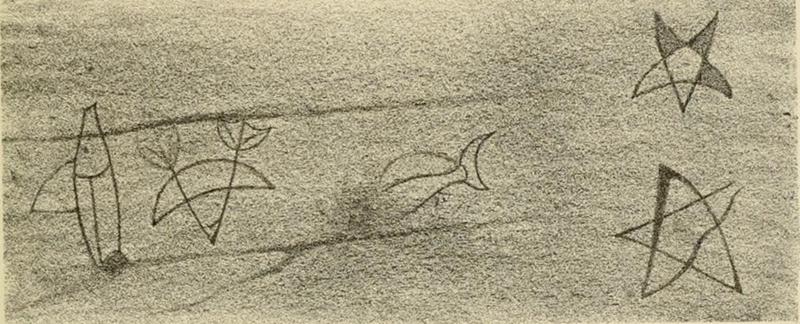
Bones and Bronze Age metalwork found in the 1920s, apparently ritual deposits and sacrifices. The significance of the site lasted long into the Pictish period.
Access is very difficult and should be with extreme caution and regard for the tides. See below for more details.
Note: Talk by Ian Armit and Lindsey Buster: Underworld encounters, recent archaeological encounters at Covesea Caves, Thurs September 24th, see the latest comment on our page
You may be viewing yesterday's version of this page. To see the most up to date information please register for a free account.





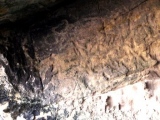
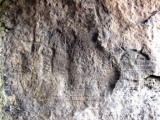







Do not use the above information on other web sites or publications without permission of the contributor.
Click here to see more info for this site
Nearby sites
Key: Red: member's photo, Blue: 3rd party photo, Yellow: other image, Green: no photo - please go there and take one, Grey: site destroyed
Download sites to:
KML (Google Earth)
GPX (GPS waypoints)
CSV (Garmin/Navman)
CSV (Excel)
To unlock full downloads you need to sign up as a Contributory Member. Otherwise downloads are limited to 50 sites.
Turn off the page maps and other distractions
Nearby sites listing. In the following links * = Image available
1.6km WSW 248° Clasach Cove* Class I Pictish Symbol Stone (NJ16007013)
2.0km SSE 152° Gordounstoun Class II Pictish Symbol Stone (NJ184689)
2.5km SE 134° Gordonstoun Ogston Cross* Ancient Cross (NJ19276892)
2.9km SW 225° Inverugie* Round Cairn (NJ154687)
3.2km SW 222° Camus Stone* Standing Stone (Menhir) (NJ15306840)
3.2km SW 222° Inverugie Cup marked stone* Rock Art (NJ15296838)
3.7km SW 226° Inverugie Souterrain* Souterrain (Fogou, Earth House) (NJ148682)
3.7km SW 227° Inverugie Cup and Ring Marked rocks* Rock Art (NJ147682)
4.5km SW 220° Tappoch of Roseisle Round Cairn (NJ145673)
5.0km ESE 104° Drainie 3, 13, 26 Class III Pictish Cross Slab (NJ223694)
5.7km WSW 252° St Ethan's Well (Burghead) Holy Well or Sacred Spring (NJ12076906)
6.6km WSW 255° Burghead 8 Class III Pictish Cross Slab (NJ11026915)
6.7km SSW 206° Easterton of Roseisle* Class I Pictish Symbol Stone (NJ144647)
6.7km WSW 256° Burghead Holy Well* Holy Well or Sacred Spring (NJ109692)
6.8km WSW 255° Burghead Pictish Symbol Stones (class I) and Pictish Fort* Class I Pictish Symbol Stone (NJ109691)
6.8km WSW 256° Burghead* Hillfort (NJ10826918)
6.9km WSW 255° Burghead 5 and 9 Class III Pictish Cross Slab (NJ108691)
7.7km S 171° Quarry Wood* Henge (NJ185631)
8.0km S 188° Alves Stone Circle* Stone Circle (NJ162628)
9.0km SSE 147° Elgin symbol stone* Class II Pictish Symbol Stone (NJ2219263057)
9.0km SSE 150° Elgin Museum* Museum (NJ218628)
10.9km ESE 124° Urquart Stones* Stone Circle (NJ26456450)
12.4km SSE 164° Birnie Pictish Stone* Class I Pictish Symbol Stone (NJ20645872)
12.7km SSE 163° Birnie Roundhouses* Misc. Earthwork (NJ210585)
13.1km S 174° Upper Manbeen* Class I Pictish Symbol Stone (NJ1868957615)
View more nearby sites and additional images

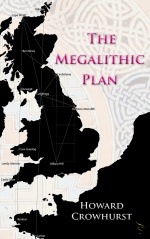

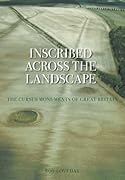


 We would like to know more about this location. Please feel free to add a brief description and any relevant information in your own language.
We would like to know more about this location. Please feel free to add a brief description and any relevant information in your own language. Wir möchten mehr über diese Stätte erfahren. Bitte zögern Sie nicht, eine kurze Beschreibung und relevante Informationen in Deutsch hinzuzufügen.
Wir möchten mehr über diese Stätte erfahren. Bitte zögern Sie nicht, eine kurze Beschreibung und relevante Informationen in Deutsch hinzuzufügen. Nous aimerions en savoir encore un peu sur les lieux. S'il vous plaît n'hesitez pas à ajouter une courte description et tous les renseignements pertinents dans votre propre langue.
Nous aimerions en savoir encore un peu sur les lieux. S'il vous plaît n'hesitez pas à ajouter une courte description et tous les renseignements pertinents dans votre propre langue. Quisieramos informarnos un poco más de las lugares. No dude en añadir una breve descripción y otros datos relevantes en su propio idioma.
Quisieramos informarnos un poco más de las lugares. No dude en añadir una breve descripción y otros datos relevantes en su propio idioma.